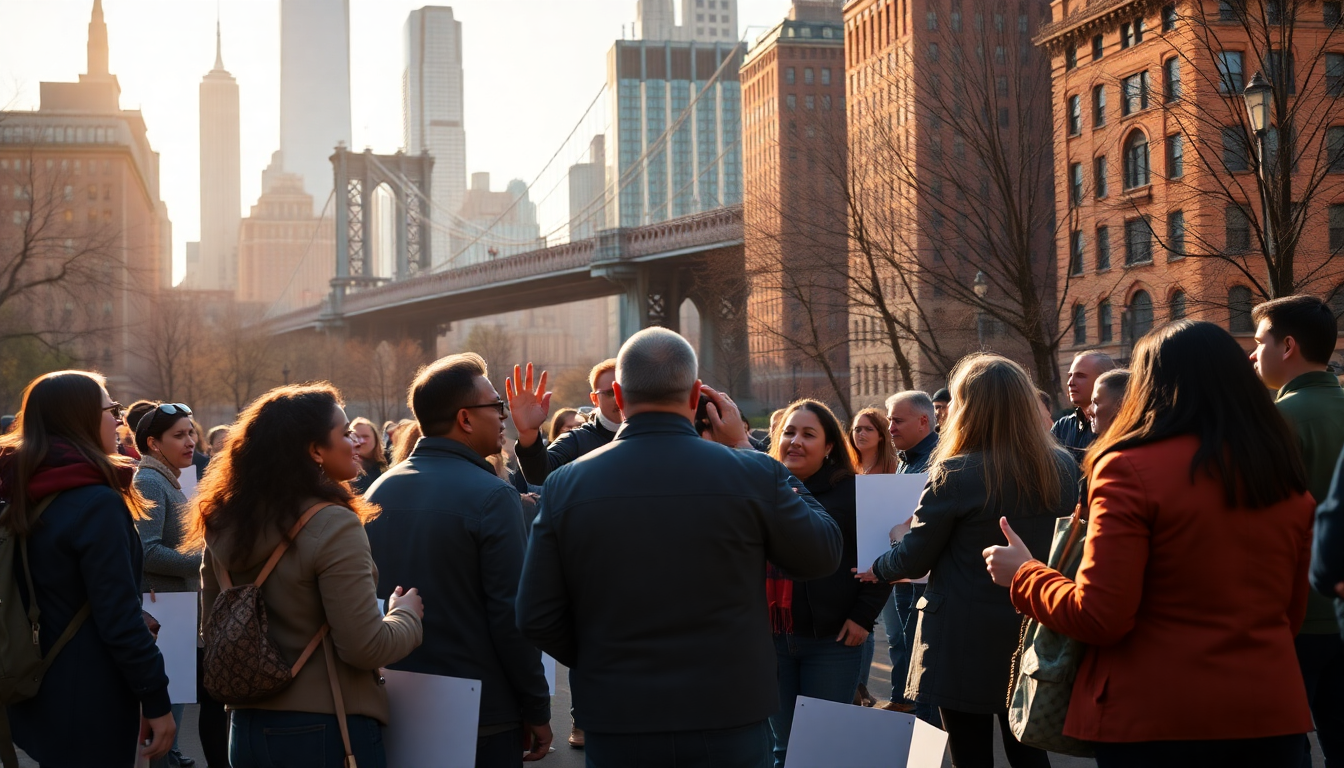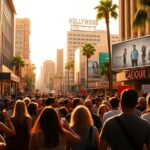Table of Contents
In New York City, the political debate over immigration policy has become a hot topic, especially following assemblyman Zohran Mamdani’s recent victory in the Democratic primary. As the city embraces its identity as a sanctuary city, the implications of this discussion resonate deeply within its diverse communities.
The stark differences between Mamdani’s progressive vision and the federal stance—represented by former President Trump’s immigration enforcer, Tom Homan—paint a complicated picture of local governance tangled with federal influence.
The Current State of Immigration Policy
The immigration policy landscape in New York City is alive with vibrant, yet contentious, discussions.
Mamdani’s campaign has made a bold promise to protect immigrant rights, famously declaring his intention to “kick the fascist ICE out of New York City.” This sentiment reflects a broader progressive agenda aimed at shielding vulnerable populations from federal immigration enforcement.
On the flip side, Homan’s statements emphasize a firm commitment to federal law enforcement, asserting that federal authorities will remain active in the city, regardless of local policies.
But this isn’t just an ideological battle; it has real consequences for countless individuals living in the city.
Homan’s claims about increasing ICE presence in sanctuary cities highlight the ongoing tug-of-war between local governance and federal authority. This raises important questions: Are sanctuary policies truly effective? What’s their real-world impact on immigrant communities?
Political Reactions and Community Sentiments
The reactions to Mamdani’s campaign promises have been both swift and divided. Supporters see his stance as a necessary counteraction to what they view as oppressive federal policies that disrupt families and communities. On the other hand, critics—Homan among them—argue that these promises are impractical and overlook the complexities of federal law.
This clash of ideas vividly reflects the current political climate in New York City, where immigration issues carry significant stakes.
Mamdani’s approach has been notable for its direct community engagement. His previous protests against ICE operations showcase a strategy that aims to rally support by confronting federal agents head-on. This grassroots effort resonates with many who feel marginalized and threatened by current immigration policies. However, the effectiveness of such actions in driving sustainable change remains uncertain, as they often provoke strong opposition from rival political factions.
Future Implications and Community Engagement
Looking to the future, the implications of these immigration debates for New York City are significant. As the mayoral race unfolds, the policies adopted by the next administration will shape the city’s immigration response for years to come. Concerns about potential increases in federal enforcement in sanctuary cities, as suggested by Homan, raise questions about public safety and the trust communities have in their local government.
For community members and activists, moving forward means not only advocating for protective policies but also actively engaging with local government. Building coalitions that prioritize immigrant rights while navigating the complexities of federal regulations will be essential. As the political landscape evolves, the voices of those most affected by immigration policies need to remain central to the conversation.
In conclusion, the immigration policy debate in New York City mirrors broader national conversations about identity, governance, and community dynamics. With figures like Mamdani and Homan representing opposing sides of this contentious issue, the outcomes of these discussions will undoubtedly shape the city’s fabric for generations to come. So, where do we go from here? How can we ensure that every voice is heard in this critical dialogue?





